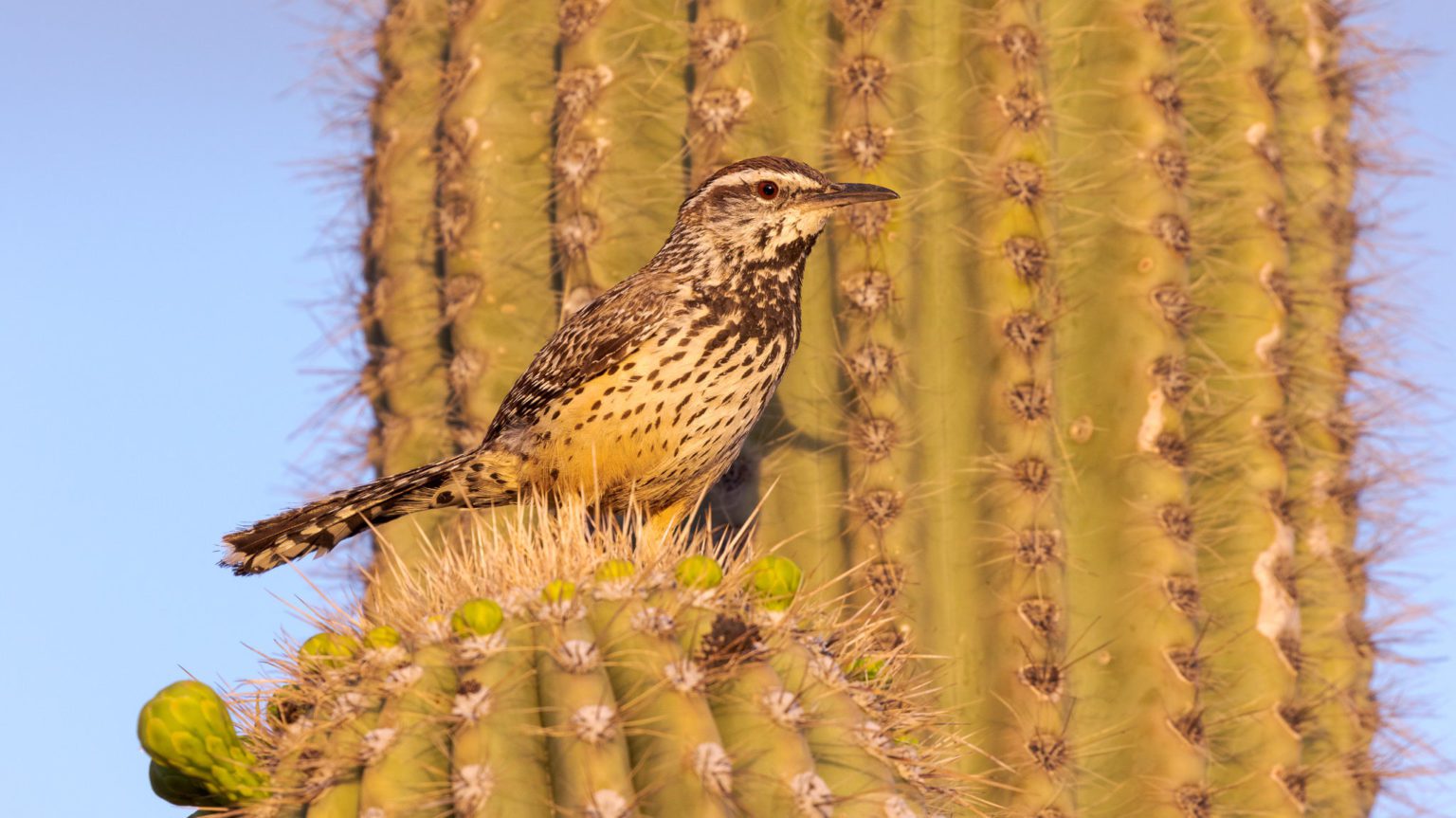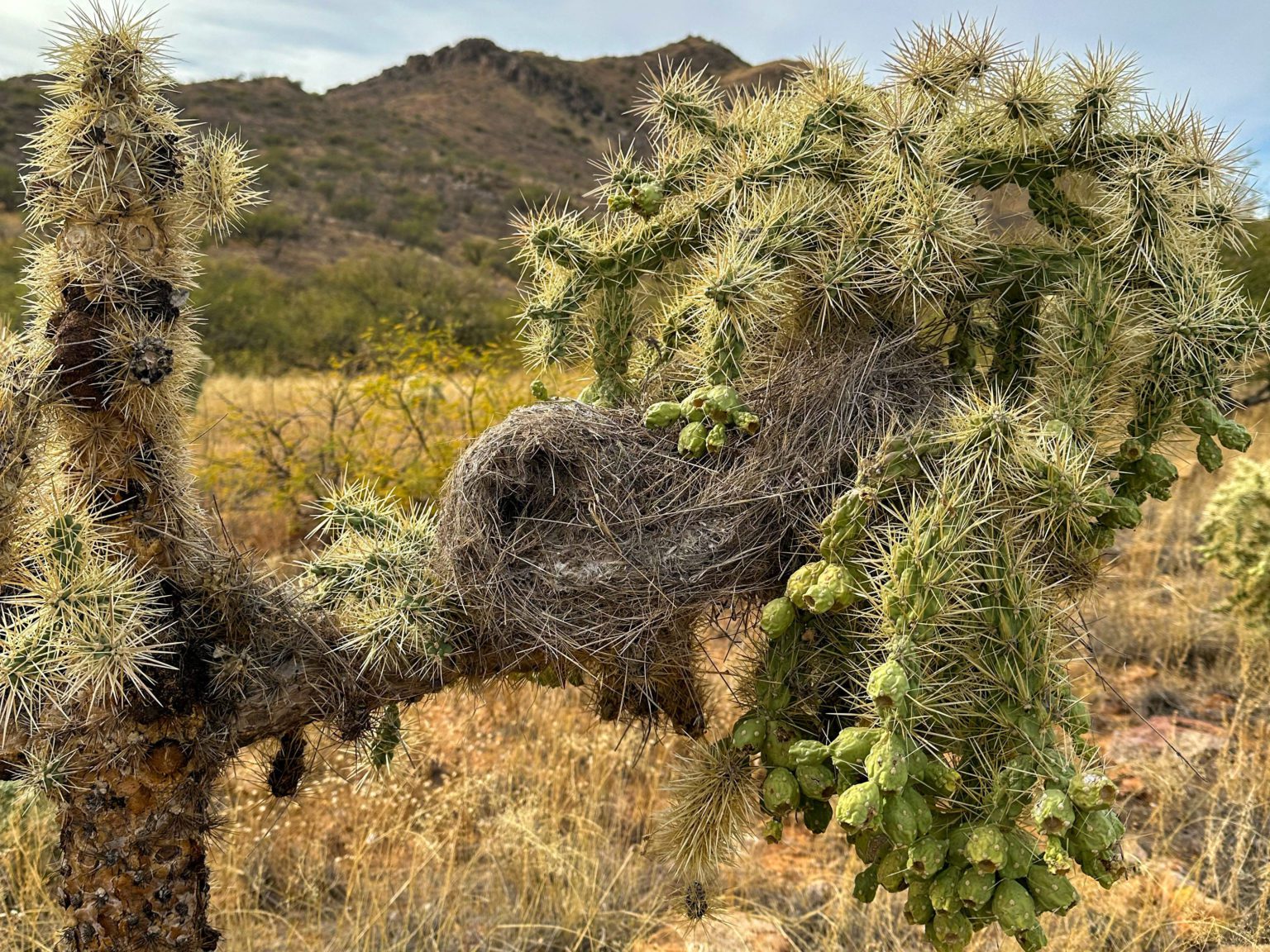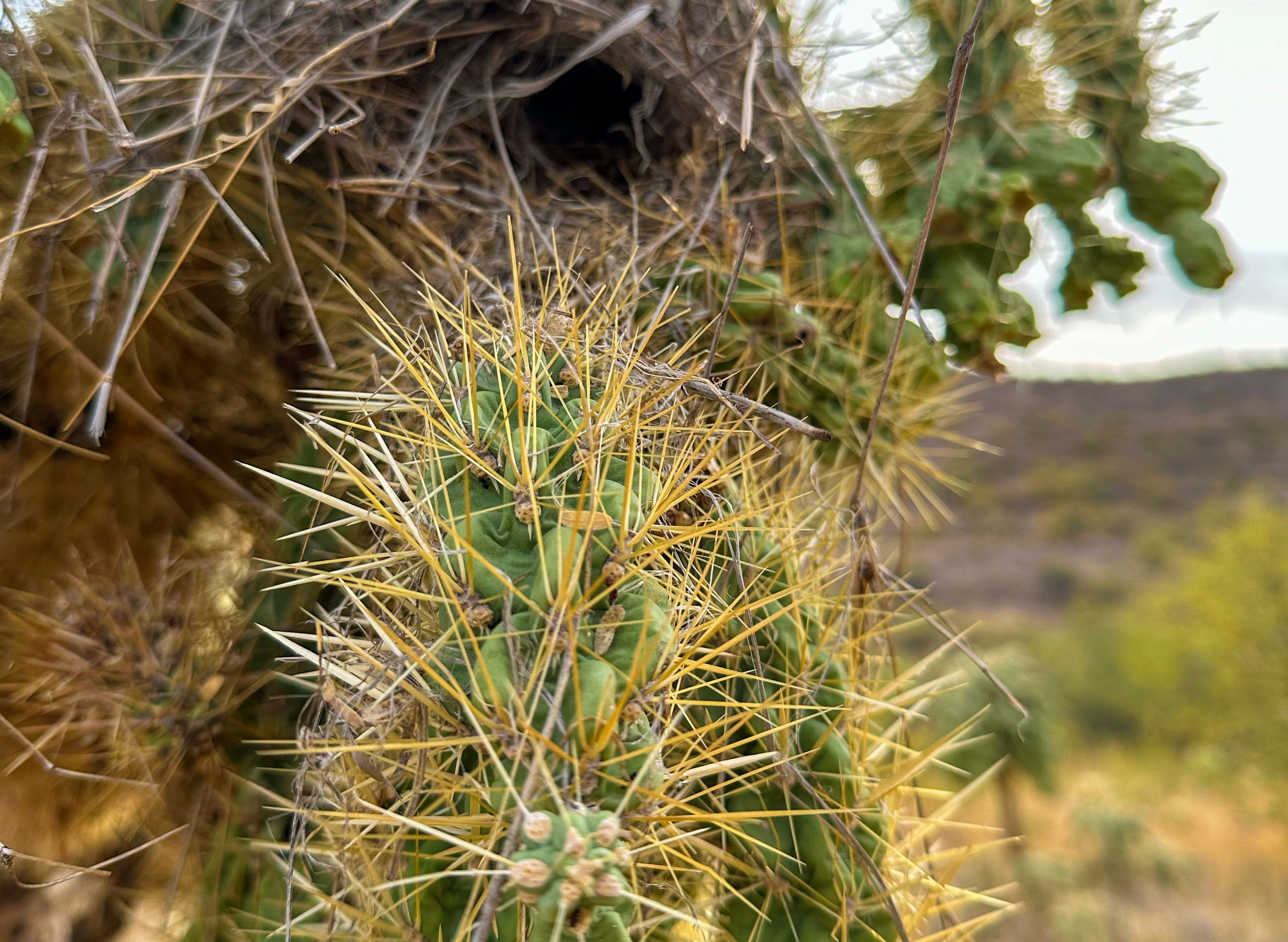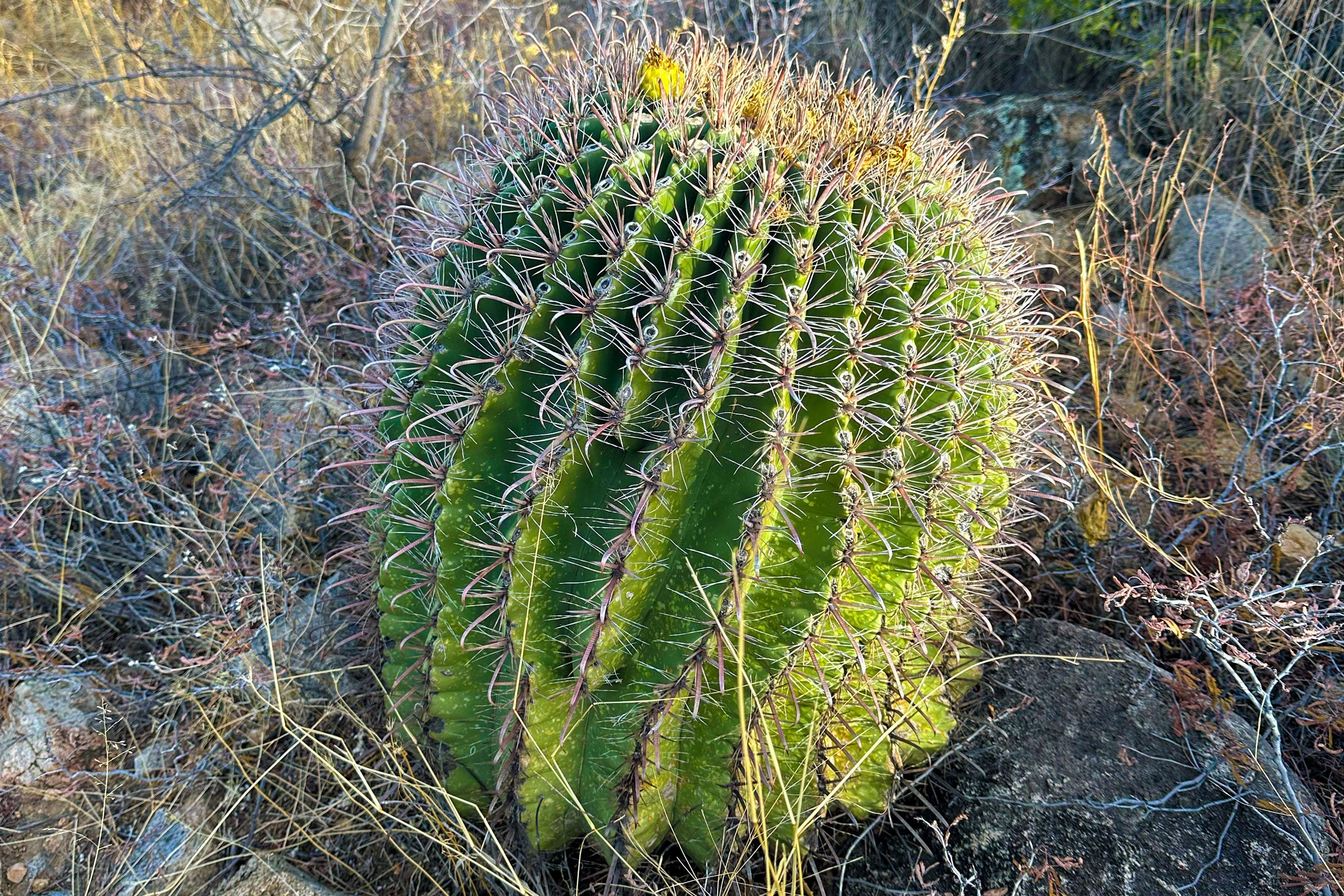― By Dona Bertarelli
My father embraced spending time in nature and loved to take us to discover all kinds of environment from the highest peaks to the seas passing by the desert. My first time visiting the Sonoran desert was in my early teenage years. It was love at first sight! And ever since, I love to visit this unique region stretching from Baja California Sur (Mexico) to Southwestern United States (Arizona and California) whenever I get the chance to. The Sonoran desert is like no other, providing subtropical warmth in winter and two seasons of rainfall. Needless to say that the landscape changes dramatically during these seasons, hosting a vast variety of species you wouldn’t expect to see in a same place, and that’s what makes it so unique.
The Sonoran Desert, with its extraordinary species richness and striking landscapes, is a vivid testament to the resilience of life and its astonishing ability to adapt. Known for its iconic cacti and relentless extremes, this landscape may seem harsh and unyielding, but it plays a vital role in the survival of countless species, notably birds.

For these feathered inhabitants, the challenges are profound—insulating feathers and high body temperatures make regulating heat a daily battle, while water scarcity tests their limits. And yet, life here thrives.
Among the desert’s most remarkable residents is the Cactus Wren, a symbol of ingenuity and perseverance. Its song breaks the silence of the scorching heat, embodying the spirit of adaptation that defines this ecosystem. Short-lived and facing threats from predators and the elements alike, the Cactus Wren has found an unlikely ally in the formidable cholla cactus. This prickly fortress serves as both a shield and a home, its sharp spines deterring many predators.
Nestled among the cactus’s spines, the wren’s football-shaped nest is a masterclass in adaptation. A carefully crafted landing pad eases access, while the interior—lined with soft grasses and down—offers a safe, comfortable space for hatchlings and mothers. To combat the desert’s extreme heat, these clever birds build “dummy nests” nearby—secondary shelters that provide shade and relief, ensuring their survival even in the most punishing conditions.
Deserts like the Sonoran often appear barren at first glance, but they are anything but lifeless. These ecosystems are reservoirs of biodiversity, supporting an intricate web of species that have evolved remarkable ways to endure the extreme. From pollinators like bats and bees to the steadfast Cactus Wren, these species form a delicate balance that extends far beyond the desert’s borders. The Cactus Wren’s story serves as a powerful reminder that even the harshest landscapes are essential to the health of our planet.
But the survival of this extraordinary bird is not guaranteed. As invasive species spread, and fires increase in frequency, the desert’s fragile balance is threatened. Habitat loss, particularly the decline of cholla cacti, directly impacts the Cactus Wren, driving a steady decline in its population. Though it remains relatively widespread, its resilience is being tested as never before.
The Sonoran Desert’s beauty lies not only in its landscapes but in the lessons it teaches us. It challenges the perception of deserts as barren wastelands, revealing instead a dynamic, life-sustaining ecosystem. Every cactus, bird, and grain of sand plays a role in the interconnected web of biodiversity. The Cactus Wren’s survival underscores the importance of protecting habitats like this—not just for one species, but for the future of all life on Earth. Protecting deserts is a testament to the value we place on nature’s resilience and our shared responsibility to preserve it.



